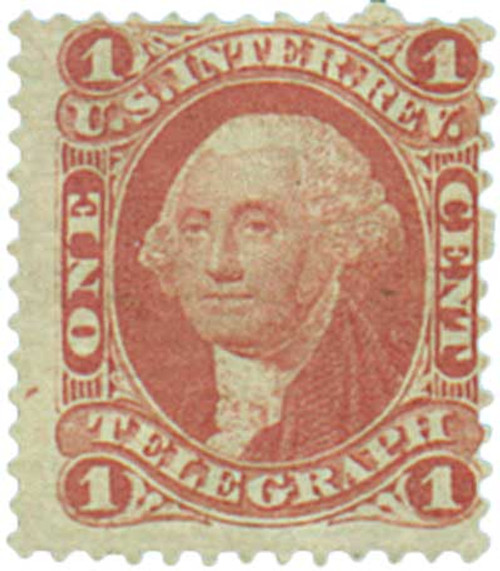
# R1 - 1862-71 1c US Internal Revenue Stamp - express, old paper, red
U.S. Revenue Stamps – Expand Your Collection
or Start a New One
Certain luxury items, including Playing Cards, were first taxed in 1862. The tax was levied to help fund the Union’s Civil War effort. The tax rate structure was based on five different levels depending on the cost of the pack of cards. No consideration was given to the number of cards in the deck, and opening the pack usually destroyed the revenue stamp.
The Playing Cards stamps were the result of Schedule Co of the 1862 Revenue Act. This section of the law also included items such as medicines and perfumes. Schedule C stamps accounted for about 74 percent of all Revenue stamps sold but brought in less than half of the revenue. In 1863, they generated almost $300,000 in revenue. This increased to over $4 million by 1870.
U.S. Revenue Stamps – Expand Your Collection
or Start a New One
Certain luxury items, including Playing Cards, were first taxed in 1862. The tax was levied to help fund the Union’s Civil War effort. The tax rate structure was based on five different levels depending on the cost of the pack of cards. No consideration was given to the number of cards in the deck, and opening the pack usually destroyed the revenue stamp.
The Playing Cards stamps were the result of Schedule Co of the 1862 Revenue Act. This section of the law also included items such as medicines and perfumes. Schedule C stamps accounted for about 74 percent of all Revenue stamps sold but brought in less than half of the revenue. In 1863, they generated almost $300,000 in revenue. This increased to over $4 million by 1870.








